Digital Art-AI-powered digital art assistant
AI-Driven Creativity for Every Artist.
Tell me about digital painting techniques.
What are the latest trends in digital art?
How can I improve my digital illustration skills?
Suggest some digital art tools for beginners.
Related Tools
Load MoreDesign Digital Art For POD
Creates designs with a white background from your images.

All Your Tech Art Bot
This bot provides easy access to advanced Dall-E controls

Pixel Muse
Specializes in crafting and merging custom art
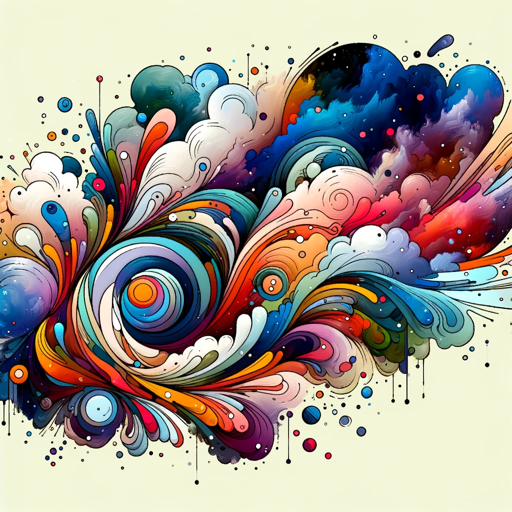
Artistic Visionary- by Geminiflare Designs, LLC
A friendly, encouraging guide for creative digital art.
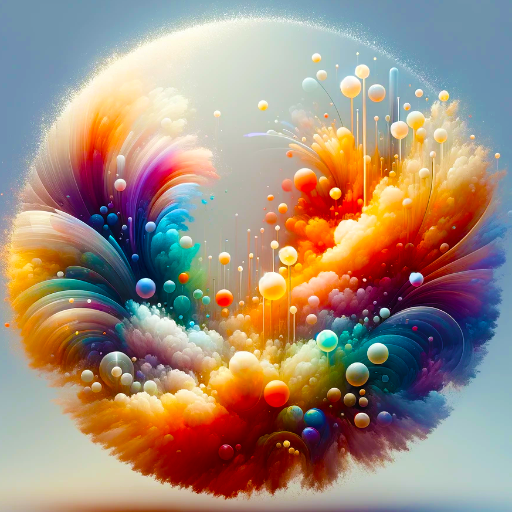
Art Director
Creates images in a consistent style

Wall Art Creator
Creates wall art inspired by user uploaded images and requests.
20.0 / 5 (200 votes)
Overview of Digital Art and Purpose
Digital art refers to artwork created using digital tools and technologies such as graphic design software, tablets, and 3D modeling programs. It encompasses a broad range of mediums, including digital painting, animation, graphic design, and multimedia installations. The main purpose of digital art is to leverage the flexibility, speed, and creativity enabled by digital tools to create art that can be edited, shared, and viewed across various platforms. Unlike traditional art, which relies on physical materials like paint and canvas, digital art exists in a virtual form, allowing for extensive experimentation, corrections, and transformations in real-time. For example, an artist using Adobe Photoshop to digitally paint can layer, resize, or recolor objects with ease, which would be much more labor-intensive in traditional media. Digital art's design also caters to global collaboration and rapid dissemination via social media, websites, and NFTs (Non-Fungible Tokens), making it an integral part of the contemporary art ecosystem.

Core Functions of Digital Art
Digital Painting and Illustration
Example
Using software like Procreate or Adobe Photoshop, artists create highly detailed illustrations or concept art that can be used in animation, games, or comics.
Scenario
An illustrator working on a graphic novel can sketch, color, and shade their characters digitally, adding layers to build complex scenes. The artist can easily make adjustments, re-use elements across pages, and experiment with color palettes without starting over.
3D Modeling and Sculpting
Example
Tools like Blender or ZBrush allow artists to create three-dimensional objects and characters, often used in films, games, or product designs.
Scenario
A 3D artist designing a character for a video game uses Blender to sculpt intricate features such as facial expressions, armor details, and hair textures. The model can then be animated and integrated into the game environment, streamlining the workflow between concept art and final production.
Motion Graphics and Animation
Example
Artists use programs like Adobe After Effects or Cinema 4D to create animations for film, advertisements, or websites.
Scenario
A motion graphics designer is tasked with creating a dynamic intro for a YouTube channel. They design and animate sleek typography and logo movements that synchronize with music. The designer can preview, adjust, and render the final animation for use across multiple platforms.
Target Audience for Digital Art Services
Professional Artists and Designers
These users, such as graphic designers, illustrators, and animators, benefit from Digital Art services because they need powerful tools to create, edit, and refine their artwork quickly. The advanced features of digital platforms allow them to handle large projects efficiently, including client work, animation production, or concept art for films and games.
Beginners and Hobbyists
Aspiring artists who are new to digital mediums find digital art tools accessible and often more forgiving than traditional media. Features like undo functions, layers, and customizable brushes help them learn and experiment without fear of making irreversible mistakes. Tools like Procreate and Krita provide beginner-friendly interfaces while still offering professional-level results.

How to Use Digital Art
1
Visit aichatonline.org for a free trial without login, also no need for ChatGPT Plus.
2
Choose the appropriate digital art software or tool based on your project. Some popular choices include Adobe Photoshop, Procreate, and Clip Studio Paint. Ensure that your device meets the software requirements for smooth operation.
3
Familiarize yourself with the software's interface and features. Start with basic tools like brushes, layers, and selection tools. Many platforms offer tutorials to help you get started efficiently.
4
Create or import a new canvas and set up the desired dimensions and resolution. Typically, a minimum of 300 DPI is recommended for high-quality prints.
5
Save your work regularly in both editable and export formats. Utilize features like layers, masks, and adjustment tools to enhance your artwork, ensuring an optimized creative process.
Try other advanced and practical GPTs
Movie Script Writer GPT
AI-Powered Movie Script Writing
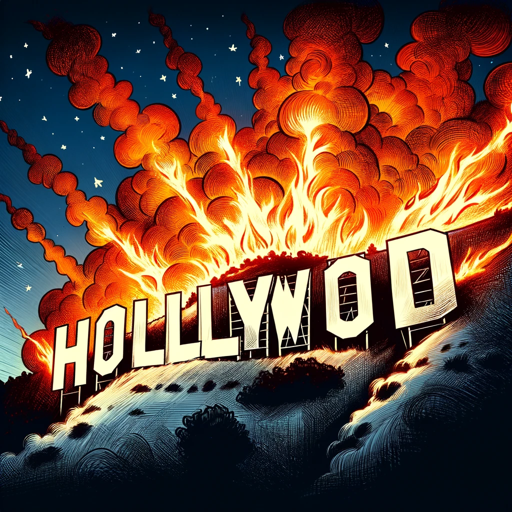
Unreal Dev Pro
AI-powered tool for Unreal Engine mastery

WTLKR
AI-powered Artistic Content Creation Tool

Insulation
AI-powered insulation and energy efficiency tool.

CSO Response Advisor
AI-Powered Networking Support.

Customer Support Max GPT
AI-powered tool for superior customer service.
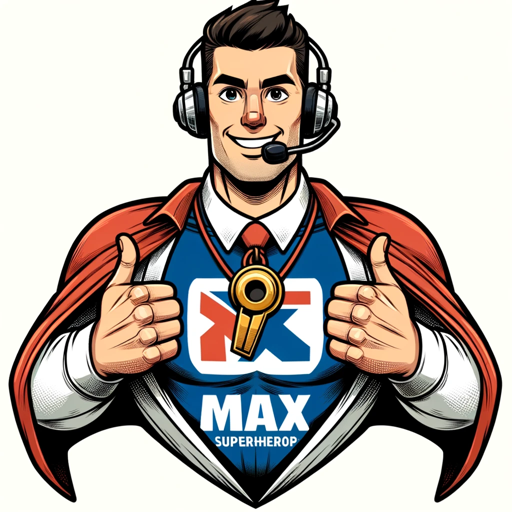
Consistent Character Creator
AI-powered character creation tool
Conversie Expert
AI-powered strategies to boost conversions

Vacature Assistent
AI-powered job vacancy optimization

Brand Bot™
AI-powered branding for your business
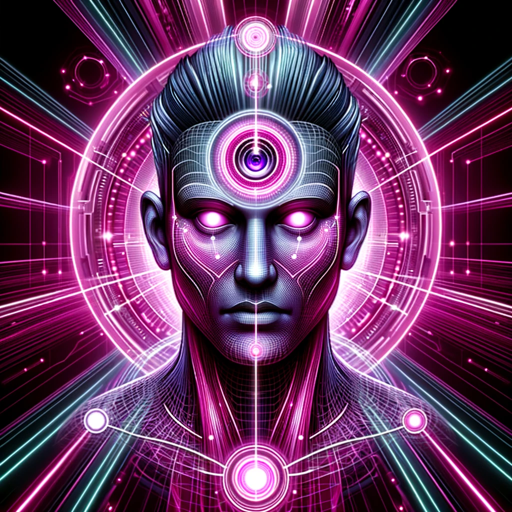
Logo Designer
AI-powered logo creation made easy
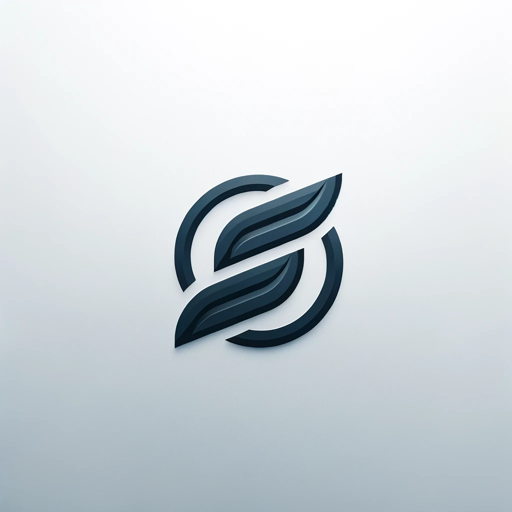
Continuous Line Art Designer
AI-Powered Continuous Line Art Creation

- Graphic Design
- Concept Art
- Photo Editing
- Animation
- Illustration
Digital Art: Frequently Asked Questions
What software is best for beginners in digital art?
For beginners, Procreate (iPad), Krita (PC), and Clip Studio Paint (PC/Mac) are highly recommended due to their user-friendly interfaces, wide range of tools, and community support.
Can I create digital art without a drawing tablet?
Yes, you can create digital art using a mouse or touchpad, but a drawing tablet provides more precision and control. Many artists start without a tablet and transition as their skills develop.
What file formats are best for saving digital artwork?
For editable files, use formats like PSD (Photoshop) or .clip (Clip Studio Paint). For final exports, PNG is great for high-quality images, while JPEG is suitable for web use. TIFF is preferred for printing.
How can I improve my digital art skills?
Practice regularly, study art fundamentals (like anatomy, color theory, and composition), and follow online tutorials. Engaging with art communities and seeking constructive feedback can also accelerate your learning.
What is the difference between raster and vector digital art?
Raster art is made up of pixels, making it ideal for detailed and complex images but resolution-dependent. Vector art uses mathematical paths, allowing infinite scalability without loss of quality, perfect for logos and illustrations.